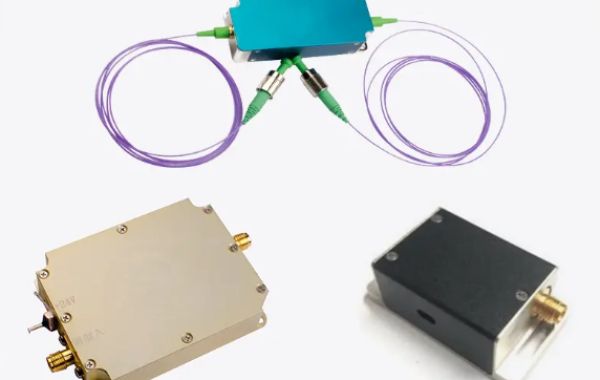Optical passive devices are essential components in optical communication systems. They are designed to manipulate, distribute, or combine light signals without requiring an external power source. These devices play a crucial role in transmitting and receiving information over optical fibers, enabling the high-speed data transfer that is essential for modern communication networks.
Key characteristics of optical passive devices:
- No external power:Unlike active devices, which require power to operate, passive devices rely solely on the energy carried by the light signal.
- Information preservation:Passive devices do not modify the information content of the light signal. They simply manipulate its properties, such as intensity, polarization, or wavelength.
- Loss:Passive devices inevitably introduce some loss, meaning a portion of the light signal is absorbed or scattered as it passes through the device. This loss is typically measured in decibels (dB).
- Wavelength-dependent:The performance of some passive devices, such as optical filters, can vary depending on the wavelength of the light.








